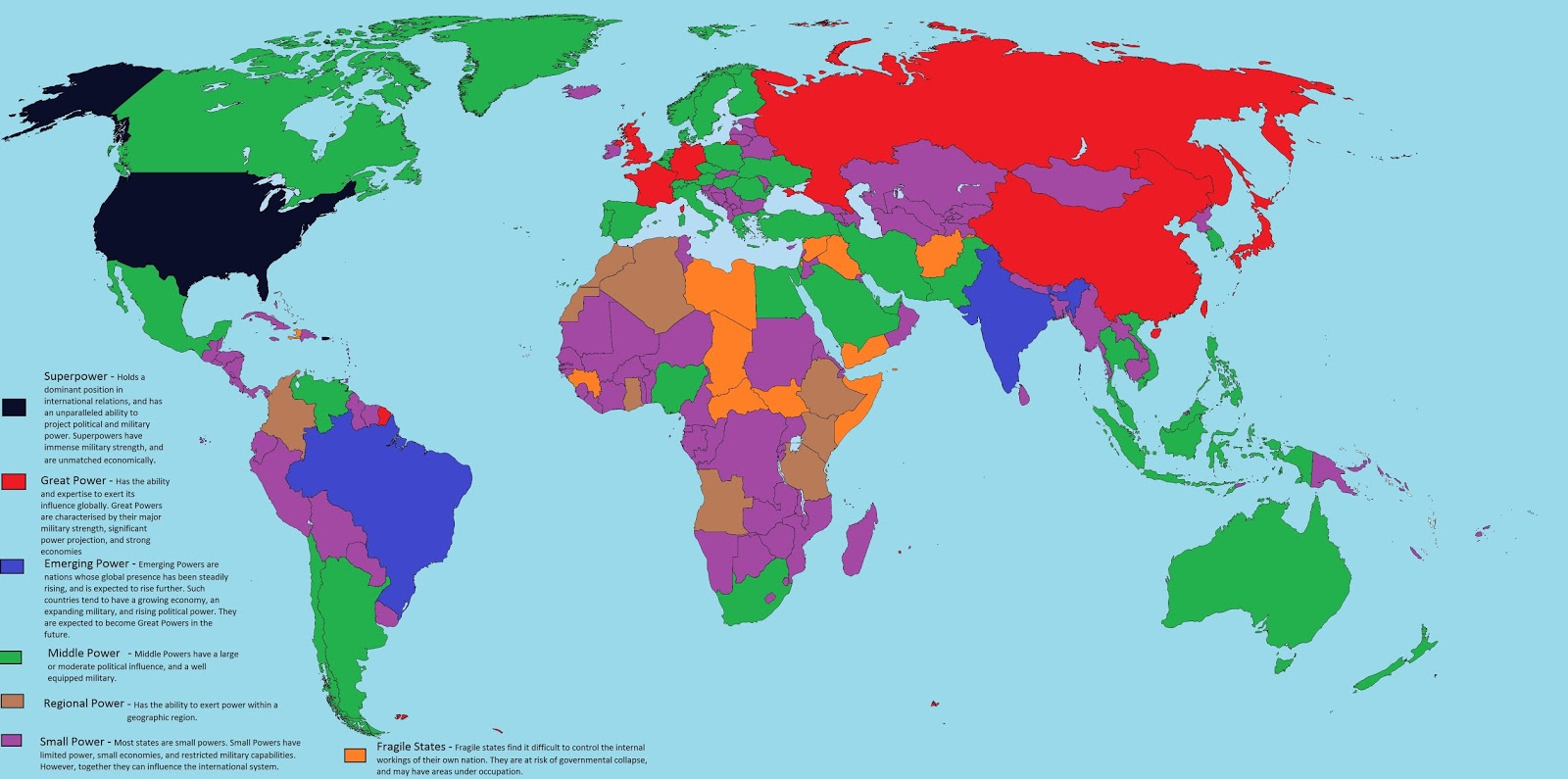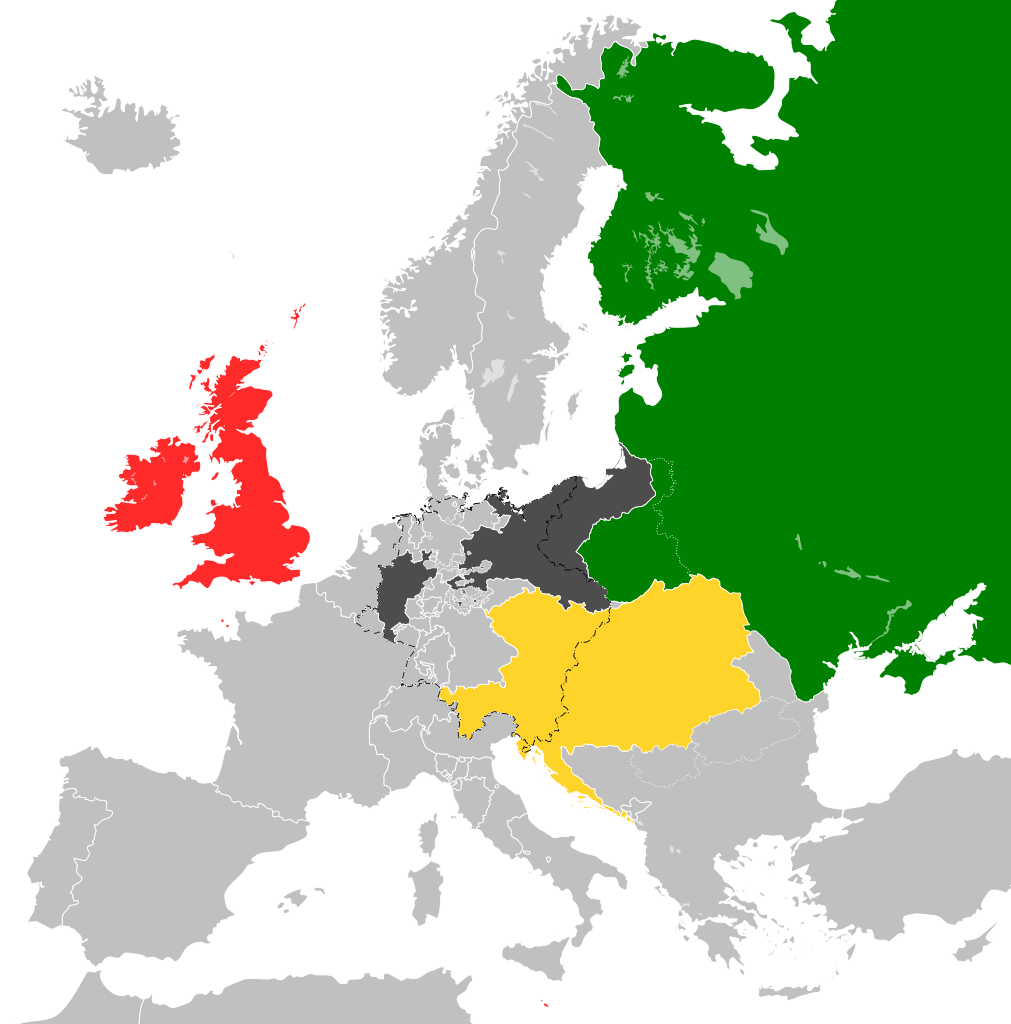Countries by their Power Status
The global power landscape is intricate, marked by the complex interplay of economic strength, military capabilities, political influence, technological advancements, and cultural impact. At the summit of this hierarchy lie the superpowers, with the United States traditionally holding a position of unparalleled dominance. However, China’s rapid ascent, especially in terms of economic prowess and technological innovation, challenges the longstanding unipolar order.
Russia, a formidable military power, commands influence in global affairs, particularly in regions such as the Middle East. Simultaneously, the European Union, primarily an economic powerhouse, yields considerable diplomatic clout on the international stage.
Beyond the superpowers and major players, regional powers like India, with its burgeoning economy and substantial population, play pivotal roles in shaping global dynamics. Similarly, Brazil asserts itself in South America, leveraging its economic strength and regional influence.
Japan, as a leading economic force with advanced technology, remains influential, while middle powers such as Australia, South Korea, and Canada contribute significantly to regional and global issues.
The category of emerging powers encompasses nations like Turkey, Indonesia, and South Africa, each steadily gaining influence and prominence.

Conversely, many countries, particularly in Africa, parts of Asia, and Latin America, face challenges that limit their impact on the global stage. These developing or low-power nations contend with economic struggles, political instability, and other hurdles, placing them in a different echelon of global influence.








